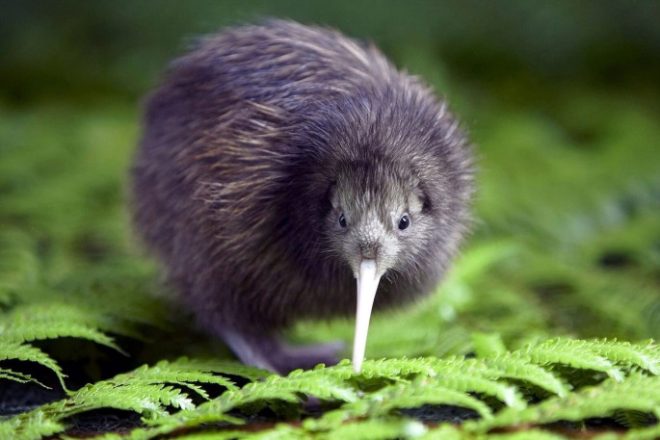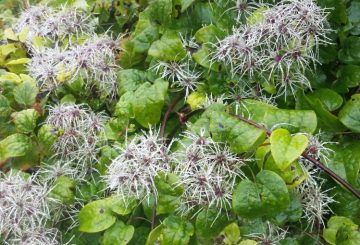Chính phủ sẽ thay thế Đạo luật Động vật Hoang dã 70 năm tuổi, tuyên bố nó đã lỗi thời và không bảo vệ đầy đủ động vật hoang dã bản địa của New Zealand. Quyết định này được đưa ra sau những lo ngại về sự suy giảm nhanh chóng của các loài bản địa.
Gary Taylor, Giám đốc điều hành của Hiệp hội Bảo vệ Môi trường, đã đề cập rằng Đạo luật không phù hợp với các giá trị hiện đại. Hơn ba phần tư động vật bản địa của New Zealand có nguy cơ mắc bệnh, nhưng Đạo luật hiện hành không bảo vệ chúng một cách hiệu quả. Nyze Manuel, chủ tịch của Te Rūnanga Papa Atawhai o Te Tai Tokerau, nói thêm rằng đạo luật này thiếu nền tảng trong Te Tiriti o Waitangi và nhấn mạnh tầm quan trọng của tiếng nói bản địa trong việc bảo vệ động vật hoang dã.
Bộ Bảo tồn (DoC) đã xem xét Đạo luật và nhận thấy nó thiếu ở một số lĩnh vực, bao gồm cả việc không bảo vệ các loài cá bản địa và môi trường sống biển thiết yếu.
Bộ trưởng Bảo tồn Willow-Jean Prime muốn phát triển một Đạo luật mới rõ ràng trong các mục tiêu, cấu trúc và quy trình của nó. Bà trích dẫn một phán quyết trước đây liên quan đến cá mập trắng lớn như một ví dụ về những hạn chế của Đạo luật.
Luật mới nhằm mục đích cung cấp các công cụ tốt hơn để bảo vệ cả loài và môi trường sống của chúng. Các cuộc tham vấn cộng đồng về Đạo luật mới sẽ được tổ chức, giải quyết các tác động của biến đổi khí hậu, các loài xâm lấn và mất môi trường sống.
Gary Taylor bày tỏ hy vọng rằng luật cập nhật sẽ nhận được sự ủng hộ của các bên
.





























































